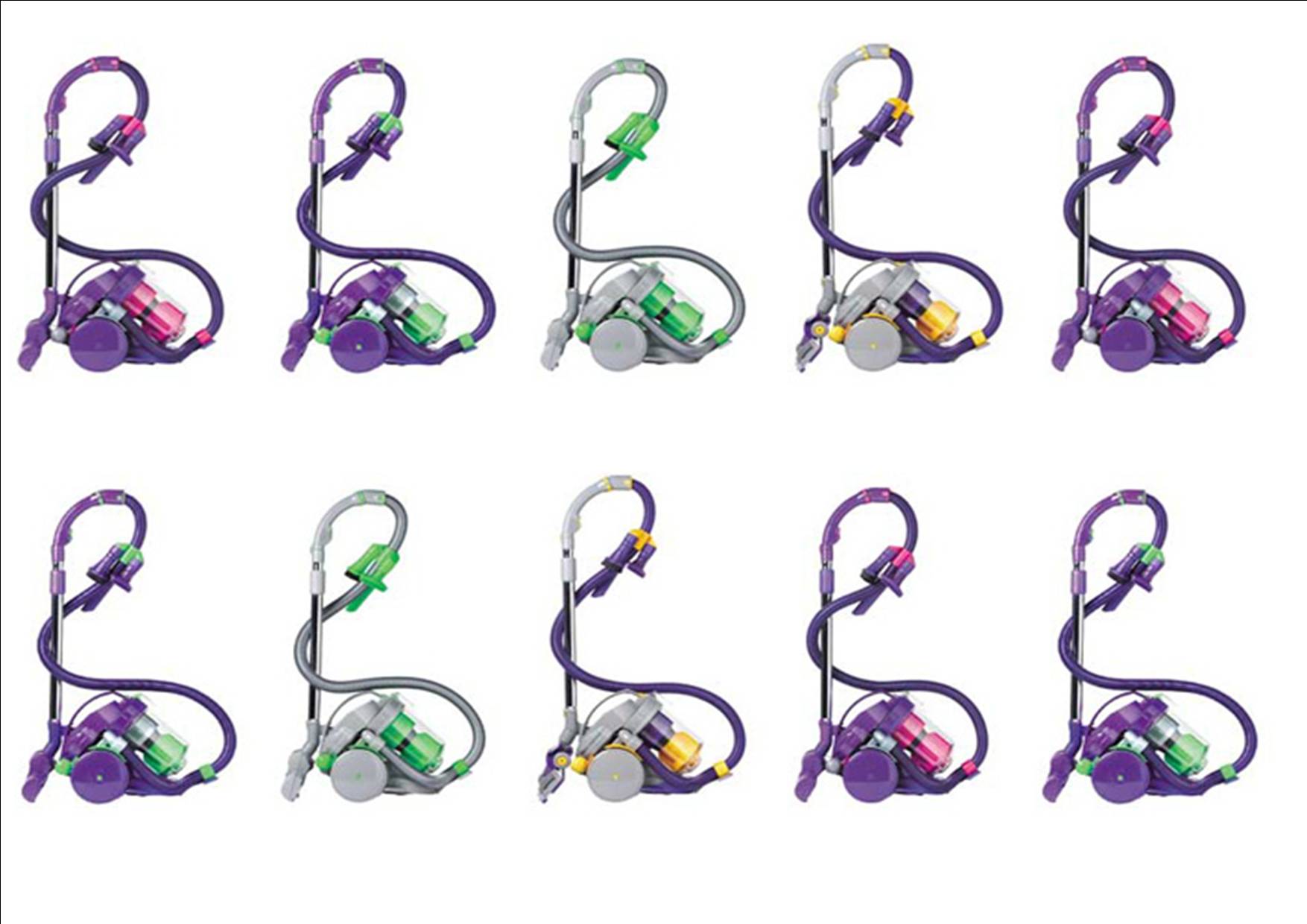
Some industry sectors, such as finance, often require strict adherence to specific policies and procedures. Compliance departments have to ensure these are kept up to date and accessible, from both a legal and industry perspective.
The problem is that governance can be expensive, really expensive.
Unfortunately, the volume of written content continues to explode, and the regulatory demands are increasing year by year. The traditional linear based approach to writing documents is part of the problem: it takes ages for auditors to go through all the documents to check if inefficiencies, errors and potential risks can be identified, averted or contained. It’s getting harder to manage, and it’s costing more.
So what does this have to do with Dyson Vacuum cleaners?
Manufacturers, such as Dyson, face similar regulatory pressures, in that they have to prove each product they sell is certified safe to use. With a large product range, that can involve a lot of time and effort to prove that’s the case.
One of the approaches manufacturers take to address this problem is to break a product down into a series of components. They then reuse the same component, such as a wheel on a vacuum cleaner, across a range of products. Once the wheel is certified for use, they can include that certificate when they submit their application for the new product.
In a similar way, it’s possible to break documents down into a series of individual components that are re-used to build pages or documents. As the same component is used in lots of documents, by fixing one component you’re also fixing all the documents that include that component.
Compliance teams love the ability these systems provide for an audit trail. They can identify where particular pieces of text are used – tasks, procedures, paragraphs, even sentences and phrases, when it was changed and by whom.
By adopting a component-based approach to Compliance documentation, it means the business can audit and manage documentation, quickly and efficiently – slashing the time needed to check if documents are compliant with the latest regulations.

Leave a Reply